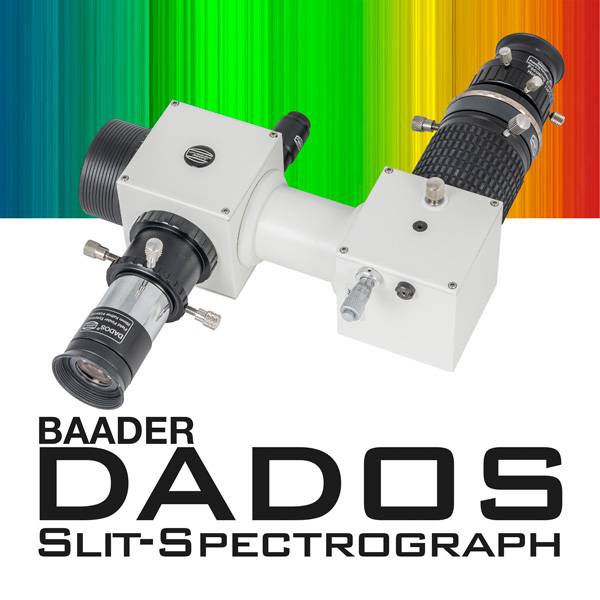Today’s Messier Marathon has its roots in the latter 1700’s as Charles Messier, a French astronomer, compiled a list of approximately 100 visible night sky objects that were difficult to distinguish from comets through the available telescopes of those times. Comet hunting was a way to make a name for yourself in astronomy in those days and Messier wanted to create a list to help distinguish deep sky objects from comets.

Today, the Messier Catalog is considered a collection of some of the most magnificent objects in the sky including nebulae, star clusters, and galaxies. Each year in March or early April, all 110 recognized Messier objects are visible from the northern hemisphere which makes the perfect time for amateur astronomers to view them.
In the 70’s the Messier Marathon became popular and now represent the culmination of viewing these celestial objects. The marathon is an attempt by amateur astronomers to find as many Messier objects as possible in one night with the ultimate goal of finding all 110 in one viewing.
This year a New Moon will occur on March 24 and many astronomy clubs and individuals will participate in Messier Marathons on the weekends of March 21/22 (primary time to view) and March 28/29, 2020 (secondary time to view). On both these dates, there will be a good opportunity to attempt to hunt down all Messier Objects in one night from suitable northern latitude locations.
Messier objects not evenly distributed in the nighttime sky. There are heavily crowded regions in the sky, especially the Virgo Cluster and the region around the Galactic Center, while other regions are virtually empty of them. In particular, there are no Messier objects at all at Right Ascensions 21:40 to 23:20, and only the very northern M52 is between RA 21:40 and 0:40.
You can learn more here.
 And to make it easier for you to get the most extensive news, articles and reviews that are only available in the magazine pages of Astronomy Technology Today, we are offering a 1 year magazine subscription for only $6! Or, for an even better deal, we are offering 2 years for only $9. Click here to get these deals which only will be available for a very limited time. You can also check out a free sample issue here.
And to make it easier for you to get the most extensive news, articles and reviews that are only available in the magazine pages of Astronomy Technology Today, we are offering a 1 year magazine subscription for only $6! Or, for an even better deal, we are offering 2 years for only $9. Click here to get these deals which only will be available for a very limited time. You can also check out a free sample issue here.



